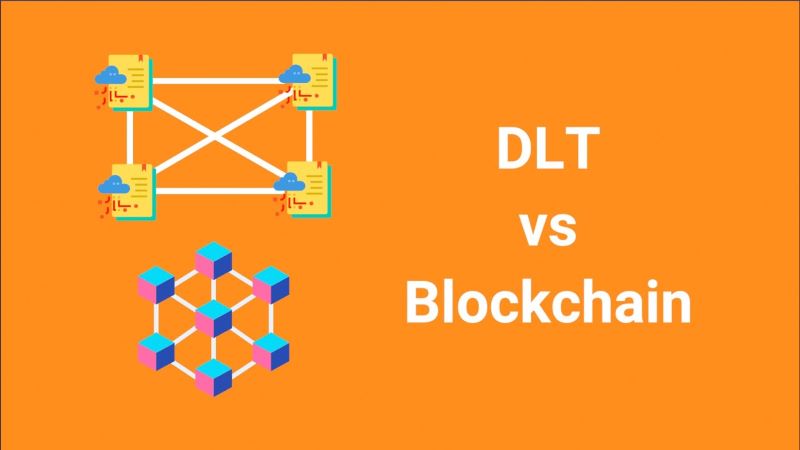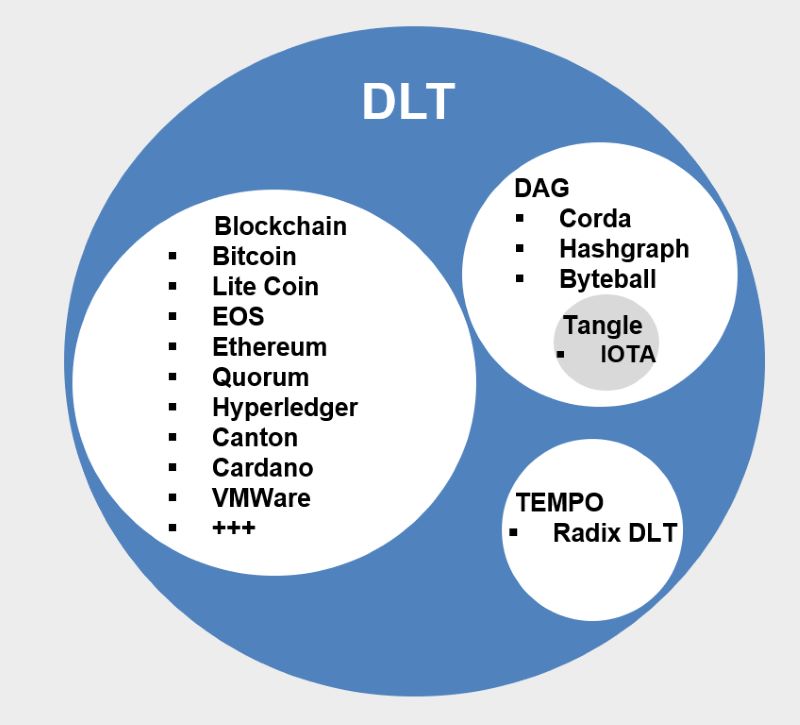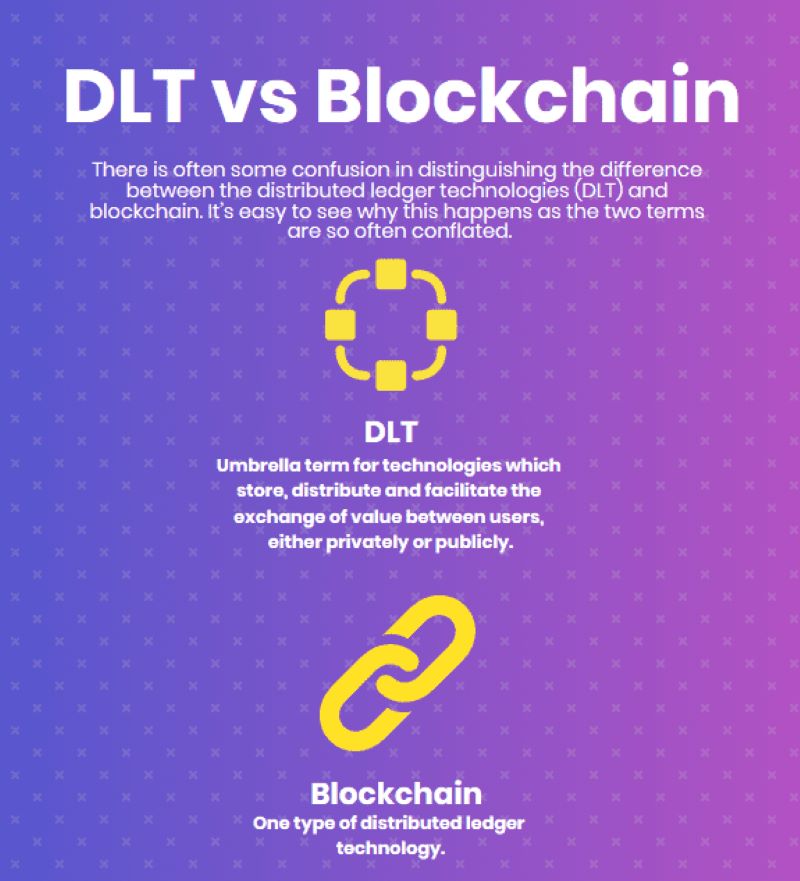Unveiling Distributed Ledgers Revolution
Dive into the heart of today’s tech buzz with what is DLT in blockchain! Here’s the lowdown on the unsung hero that makes digital currencies tick. It’s not just about Bitcoin or Ethereum; it’s a revolution that’s reshaping how we think about data and trust. But what’s really behind this tech? Strap in as we pull back the curtain on DLT, the backbone of modern blockchains. Get ready to grasp its structure, explore various types, and see why it matters in a world racing toward all things digital.
Demystifying DLT: The Backbone of Modern Blockchains
Understanding DLT Architecture and How It Works
“Dad, how does DLT work?” Imagine your kid asking this. How would you explain? Picture a group of people keeping the same list. All must agree to change it. This is Distributed Ledger Technology. Blocks of data linked together make up the list. Strong crypto keeps it safe. It’s a team effort where each team member has a copy of the game plan.
This tech shares info across many spots at once. There’s no single point where all the info lives. Each spot, or ‘node,’ checks the others to keep data true and safe. When new info comes, every spot agrees before adding it. Think of it like a team high-five before scoring a point.
Exploring the Types of Distributed Ledgers
There’s not just one type of DLT. How many types, you ask? There are several. You’ve got public ledgers, where anyone can join the game. Bitcoin is the big name here, but there are more. Then, you have private ledgers. These are like VIP clubs: only some can join. They’re used by businesses that want more control.
There are also side ledgers that work off the main one. They help the main game run smooth. Another kind is a blockchain. Yes, it’s a type of DLT. Like a chain made of data blocks, it’s known for Bitcoin but fits many uses.
Each type has a role. Some are wide open, like a public park. Others are locked down tight, like a secret club. In some, making changes is easy and quick. In others, it takes time but is super safe.
In supply chain management, DLT helps track items from start to finish. You see when your sneakers left the factory and when they’ll get to you. In banking, it makes money moves safe and fast across the globe. It’s changing how we do health care, too. It keeps our health records safe, but easy for doctors to get when they need them.
What makes DLT strong is how it checks every change. This is called consensus. It’s like when you and your friends all agree on where to eat. No one eats until you all say yes. The most famous way to do this is Proof of Work. Mining computers solve hard math problems to agree on changes.
Smart contracts run all by themselves on DLT. They go to work once you shake on a deal. Say you hire me to make a logo. When you say the work is good, the smart contract pays me right away. No waiting for a check in the mail.
DLTs also give us tokens or coins. This is money that lives on the ledger, like Bitcoin. You can send or get it fast, with no bank in the middle. It’s yours and only yours, safe on the ledger.
So now you’ve met DLT. It’s no game. It’s a world-changing way to keep our data. It’s fair, it’s safe, and it’s the future. And the best part? It just works, plain and simple.
Blockchain vs. DLT: Clarifying the Differences
Blockchain Distributed Ledger Comparison
When people say blockchain, they often mean DLT, but they are not the same. DLT stands for distributed ledger technology. It’s the wide tech family that blockchain comes from. A blockchain is a type of DLT. It’s like apples and fruit; all apples are fruit, but not all fruit are apples.
DLT is made so no one person has control. It keeps information spread out across many spots. So, it’s tough to mess with data once it’s inside a DLT system. In DLT, each piece of info is a block. These blocks get chained together, which is why we call one type “blockchain.”
Blockchain makes sure everything is out in the open and anyone can look. That means, just like a group project, everyone must agree before anything changes. This is very important for trust. When no single person’s in charge, the group says what goes, and that’s a big deal when it comes to money and important info.
Public vs. Private Ledgers: Choosing the Right Infrastructure
Now, think about whether you want just anybody or only your pals to see your info. That’s where public and private ledgers come in. In public ledgers, like Bitcoin or Ethereum, anyone and everyone can join in on the fun. They use lots of power to make sure everything’s safe because they don’t know who can pop in.
Private ledgers are like a VIP club. Only folks who’ve got the invite can join. This is more private and usually faster because there’s less traffic, like finding an empty highway rather than being stuck in a traffic jam. Companies like these when they want to keep secrets but still benefit from DLT.
Both kinds use smart contracts. These are like robot deal makers that live in the ledger and do things when everyone playing agrees to certain rules. So, if we say, “When I get the game, you get my marbles,” the smart contract listens and makes it happen—no take-backs, no lost marbles. It’s fast, neat, and no one can cheat.
Choosing your ledger type is a key call. Public ledgers are open to all and tough to change. They’re great for trust but can get slow when busy. Private ledgers are speedy, secure, and better for secret stuff.
Think about DLT as a big, safe room where everyone has a voice. Blockchain is just one corner of that room where everyone must agree loud and clear. Public ledgers let anyone in, while private ones keep it limited. They each shine in their own way, and picking the right one depends on what you value most: openness or a bit more privacy and speed.
So, we’ve seen that DLT is the safe tech that includes all sorts, and blockchain is a known type that’s open for all to watch. Choosing between public and private depends on if you want the world in or just a select group. Either way, smart contracts make deals happen with no fuss, adding even more power to this cool tech.
The Power of DLT in Various Sectors
Use Cases for DLT Across Industries
Distributed Ledger Technology or DLT is a big deal. It’s like a digital ledger. But instead of one person having it, everyone shares it. This makes it super safe and hard to mess up.
Let’s talk about how folks use DLT. In healthcare, it keeps patient data safe and private. No more worries about someone stealing your health info. Banks use DLT to move money around the world fast and without errors. That’s pretty awesome, right?
DLT in Supply Chain Management and Finance
Now, let’s peek into supply chains and finance. With DLT, you can track a product from where it starts to where it ends. That means less mess-ups and fakes. Plus, we can see if someone’s playing fair, from start to finish.
DLT in banking helps keep our cash safe. This is because it spreads out data, making it super tough for bad guys to get it. It also lets us do money business without waiting a lot, which is great for everyone.
So yeah, DLT is changing how we do things, and it’s just the start.
Advancing the Future with DLT
The Role of Consensus Mechanisms in Ensuring DLT Security
To keep things simple, think of DLT as a team sport. In DLT, everyone plays by a set of rules. These rules are called consensus mechanisms. They help make sure everyone agrees on what’s noted in the ledger.
Consensus mechanisms are vital. They are like umpires in a game, making sure all the players are honest. With them, DLT keeps data safe. It stops anyone from cheating the system.
In DLT, no single player can call the shots. This stops fraud and ensures trust. Because of consensus, we can trust that our transactions are fair and secure.
Scaling and Interoperability Challenges in Distributed Ledgers
As DLT gets popular, more people want in on the game. But here’s the catch: as more join, it can get crowded. Imagine a stadium overflowing with fans. This is why scaling matters.
Scaling in DLT is all about making room for everyone. It’s about ensuring the ledger can handle more players and fans without slowing down.
But there’s another hurdle: interoperability. This is like having players from different sports play together. They have to understand each other’s rules. In DLT, ledgers need to talk to each other, even if they’re different.
This is a big deal. It allows businesses to connect and work together. And when they do, they can create new kinds of games no one has seen before.
Through DLT, we’re making new rules for how we trust and work together. This isn’t just a minor update. It’s a whole new game. And it’s a game that’s always getting better, safer, and more inclusive.
We’ve looked deep into how Distributed Ledger Technology (DLT) forms modern blockchain’s core. From its guts to its grand role, we know DLT is no small player. It stands tall in tech’s world, sowing change in how we save and share info. We saw how DLT differs from blockchain – it’s like apples to oranges, really.
Every industry could ride the DLT wave, from putting things on shelves to moving money. And while it’s a powerhouse, it’s not perfect. It faces ups and downs, like making sure all voices in the network agree or letting different systems talk to each other.
Here’s my final bit – DLT isn’t just tech talk. It’s a game-changer, now and for years to come. Keep an eye on it, it’s going places. Cheers to a future made better with DLT!
Q&A :
What is DLT in the context of blockchain technology?
Distributed Ledger Technology (DLT) is a digital system for recording transactions of assets in which the transactions and their details are recorded in multiple places at the same time. Unlike traditional databases, DLTs like blockchain are decentralized and typically have no central data store or administration functionality.
How does DLT differ from traditional databases?
The key difference between DLT and traditional databases is the structure and governance. DLTs are decentralized and the record-keeping is distributed across a network of nodes, which means there is no single point where the data is stored. This contrasts with a traditional database which is centralized and managed by a single entity.
What are the benefits of using DLT in blockchain?
The benefits of using DLT in blockchain include enhanced security, due to the lack of a single point of failure; increased transparency and trust, as all participants have access to the same data; and reduced operational costs, due to the elimination of intermediaries. Moreover, DLT in blockchain ensures immutability of records, making it nearly impossible to alter past transactions without network consensus.
How does DLT enhance security in blockchain transactions?
DLT enhances security in blockchain transactions through its decentralized design, which distributes the data across the network. Each block in a blockchain is time-stamped and linked to the previous block, creating an irreversible chain. This process, combined with consensus protocols, makes it incredibly difficult for attackers to alter transaction data.
In what industries is DLT being used besides cryptocurrency?
Beyond cryptocurrency, DLT is utilized in various industries like financial services for fraud reduction and smart contracts, supply chain management for increased transparency, healthcare for secure patient data sharing, real estate for streamlining property transactions, and even in voting systems to prevent election fraud. The versatility and security of DLT make it applicable to any sector that requires a reliable and transparent ledger system.



